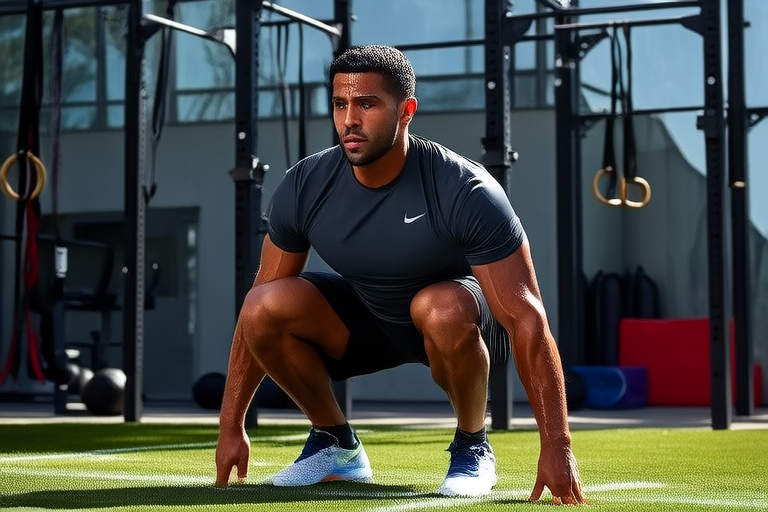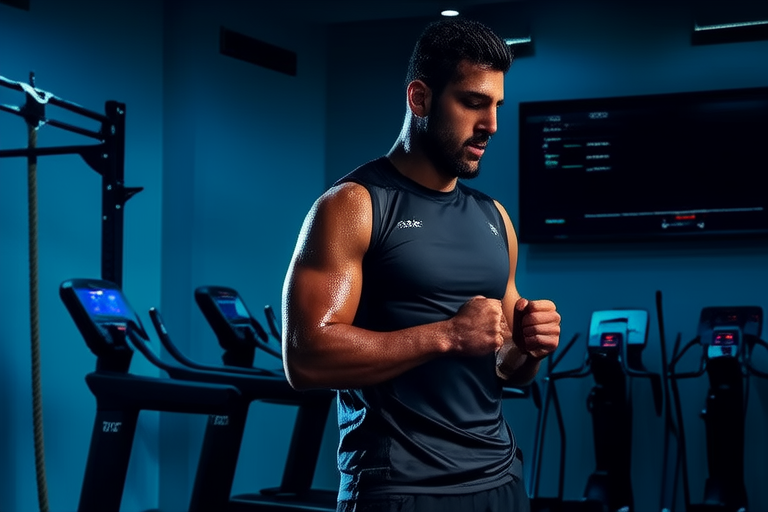Optimizing Performance: A Guide to Sports Science and Safety Precautions
The pursuit of athletic excellence requires more than just talent and hard work; it demands a comprehensive approach that integrates sports science principles with robust safety measures. Athletes, coaches, and trainers are increasingly recognizing the significance of combining these elements to achieve optimal performance while minimizing the risk of injury. This guide explores the essential components of sports science, from nutrition and exercise physiology to mental preparation and recovery techniques, all underpinned by safety precautions to ensure longevity in sport.
Nutrition: Fueling the Body for Peak Performance
Nutrition plays a crucial role in supporting athletic performance. Proper dietary choices provide the energy needed for training and competition, aid in muscle repair, and contribute to overall health.
Macronutrients: Carbohydrates, Proteins, and Fats
Carbohydrates are the primary source of energy for high-intensity activities. Endurance athletes should focus on consuming complex carbohydrates like whole grains, fruits, and vegetables to sustain prolonged efforts. Proteins are vital for muscle repair and growth, with lean meats, fish, dairy products, and plant-based sources being excellent options. Healthy fats from nuts, seeds, and avocados support hormone production and cell function.
Hydration and Electrolytes
Proper hydration is critical for maintaining blood volume, regulating body temperature, and ensuring efficient nutrient transport. Athletes should aim to drink water regularly throughout the day and during workouts, especially in hot or humid conditions. Electrolyte drinks can help replenish sodium, potassium, and other minerals lost through sweat.
Dietary Supplements
While a balanced diet should meet most nutritional needs, certain supplements may offer additional benefits. Omega-3 fatty acids can reduce inflammation, while antioxidants like vitamin C and E protect cells from oxidative damage. However, supplementation should be approached with caution, as excessive intake can lead to adverse effects.
Exercise Physiology: Understanding the Body’s Response to Training
Exercise physiology examines how the body responds to physical activity, providing insights into optimizing training programs for improved performance.
Cardiorespiratory Fitness
Aerobic capacity, measured by maximal oxygen uptake (VO2 max), is a key indicator of cardiovascular fitness. Interval training, where short bursts of intense exercise alternate with periods of rest, has been shown to significantly increase VO2 max compared to steady-state cardio.
Muscular Strength and Endurance
Strength training enhances muscular power and endurance, contributing to better performance across various sports. Progressive overload, gradually increasing the intensity of workouts, is a fundamental principle for building strength. Resistance exercises targeting major muscle groups should be performed two to three times per week.
Flexibility and Mobility
Enhancing flexibility and mobility through stretching and yoga improves range of motion, reduces the risk of injury, and supports overall athletic performance. Dynamic stretches before workouts prepare muscles for action, while static stretches afterward promote relaxation and recovery.
Recovery Techniques: Ensuring Longevity and Peak Performance
Effective recovery strategies are essential for preventing overtraining, reducing the risk of injury, and enhancing performance.
Sleep and Rest
Sufficient sleep allows the body to repair tissues and consolidate memory. Athletes should aim for seven to nine hours of quality sleep per night. Creating a consistent bedtime routine and avoiding stimulants close to bedtime can improve sleep quality.
Active Recovery
Engaging in light activities such as walking, swimming, or cycling on rest days helps maintain cardiovascular fitness and promotes circulation, aiding in muscle recovery.
Massage and Myofascial Release
Massage therapy and myofascial release techniques, like foam rolling, alleviate muscle tension, improve circulation, and enhance recovery. Regular sessions can reduce soreness and stiffness, allowing athletes to return to training sooner.
Mental Preparation: The Mind-Body Connection
Mental preparation is integral to athletic success, influencing motivation, focus, and resilience.
Visualization and Goal Setting
Visualization involves mentally rehearsing performance scenarios to build confidence and refine technique. Setting specific, measurable, achievable, relevant, and time-bound (SMART) goals provides direction and motivation, helping athletes stay focused on their objectives.
Stress Management
Chronic stress can negatively impact performance and overall well-being. Techniques such as mindfulness meditation, deep breathing exercises, and progressive muscle relaxation can help manage stress effectively.
Common Injuries and Prevention Methods
Understanding common injuries and implementing preventive measures is crucial for maintaining safe and effective training.
Prevention Strategies
Wearing appropriate protective gear, such as helmets, pads, and mouthguards, reduces the risk of injury. Gradually increasing training intensity and incorporating cross-training activities strengthen muscles and improve coordination, decreasing the likelihood of overuse injuries.
Warm-Up and Cool-Down Routines
Before workouts, dynamic stretches and light aerobic activities prepare muscles for exertion, while post-exercise static stretching and cooldown exercises facilitate recovery. Including these routines in every training session can prevent acute injuries and promote long-term joint health.
Maintaining Long-Term Health and Performance
To sustain peak performance over the long term, athletes must prioritize both physical and mental well-being.
By integrating sports science principles with careful attention to safety, athletes can optimize their performance while minimizing the risks associated with intensive training. Continuous education about nutrition, exercise physiology, recovery techniques, and mental preparation empowers individuals to make informed decisions that support their athletic journey. Emphasizing injury prevention and adopting healthy lifestyle habits ensures sustained participation in sports, fostering enjoyment and longevity.










